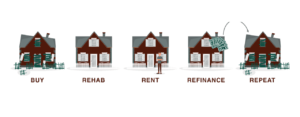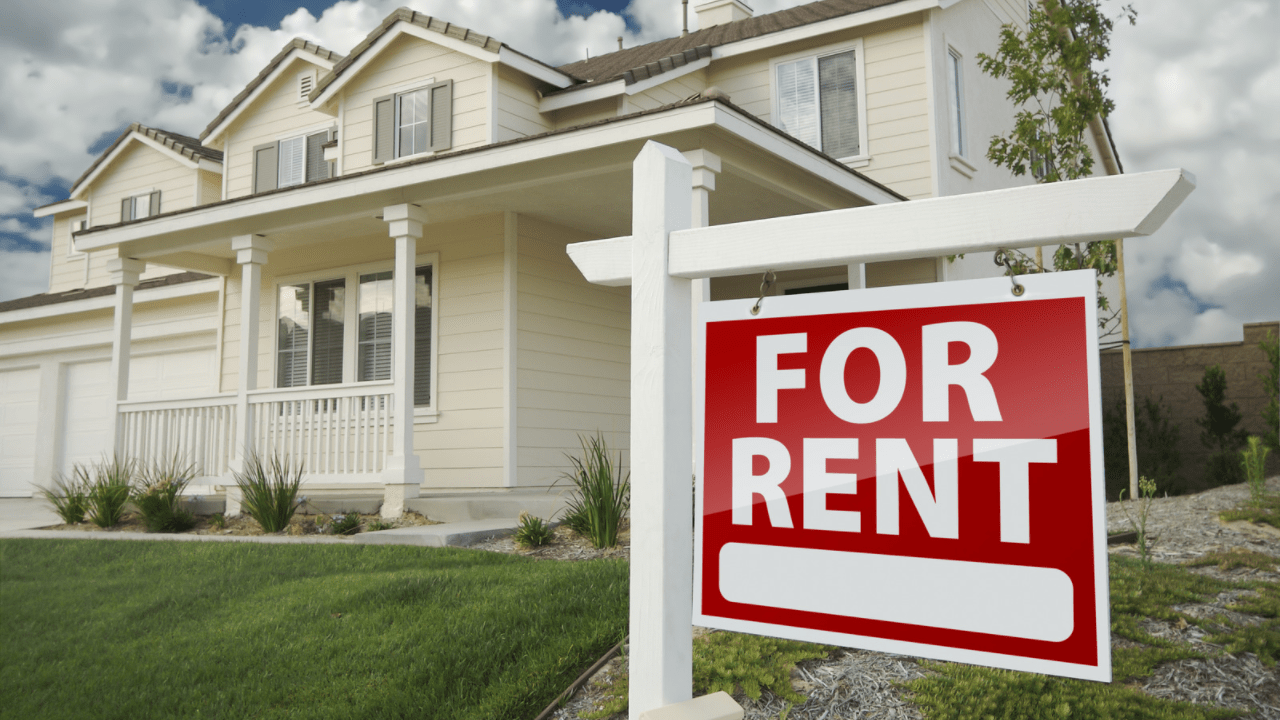What is BRRRR?
BRRRR stands for Buy, Rehab, Rent, Refinance, and Repeat and is a great strategy to grow your rental portfolio with limited capital. One of the toughest parts about investing in real estate is the money needed for down payments to acquire properties. Most traditional banks will require a minimum of a 25% down payment and some banks may even more! With the heat in today’s real estate market, a 25% minimum down could be over $70,000 in most markets.
Being completely transparent, new investors will need some money to start with. Anyone promising $0 down on real estate investment loans is either lying or is your rich uncle. However, for new investors, using hard money as a key piece of your BRRRR strategy is a great way to buy a property with as little as 10% down. At Capital Fund 1 for example, we can lend up to 90% of the purchase price.
Financing your BRRRR strategy with a CF1 hard money allows you to leverage the advantages of both strategies. Hard money loans empower real estate investors to take down properties quickly with no credit checks, appraisals, or personal finances. While the BRRRR strategy informs investors on how to move through properties from short-term financial gain to long-term portfolio building.
Together, hard money will take investors through the Buy, Rehab, and Rent phases of BRRRR. During the refinance stage, hard money is beneficial because we do not report to any of the major credit bureaus and do not affect your income ratios need for traditional financing. At CF1, we take it a set further and do not charge pre-payment penalties in the scenario you move quickly through a property.
Simplified steps:
B(uy): Acquire a property with hard money at a discount by using speed of closing as a negotiating point.
R(ehab): Fix the property up so build value. This could come in the form of heavy rehab like adding square footage or aesthetic changes.
R(ent): Find a good tenant willing to rent the property at market rate.
R(efinace): Go to a traditional lender and refinance property. Since traditional lenders require appraisals, the appraised value should return much higher than what you paid for it. During the refinance process, the original hard money loan will be paid off and you will receive cash for the added value.
R(epeat): Take the closing proceeds and repeat the process again. Begin with hard money to build value, and refinance with a traditional lender to extract value.
For a more in-depth guide, see below
Jump to: BUY | REHAB | REFINANCE | RENT | REPEAT
Buy
The first letter in BRRRR is ‘B’ which stands for buy. When looking for a deal make sure you keep in mind that this will require an in-depth due diligence on your part. When running the numbers, consider the following: calculating the cost of renovations, estimating monthly rental expenses, and confirming that the rental income will provide a sufficient profit margin. There are several options can help you purchase a rental property, such as cash, a hard money loan, seller financing, or a private loan. Deciding which upfront financing to use may vary from deal to deal but using hard money in these situations can give you an edge up against your competition. With hard money you can purchase a property with as little as 10% down and with funding in 24 hours, it is treated as cash in closing. In the case of cash buyers, you can leverage the cash you have on hand for if (and when) things go wrong during the renovation. This step is necessary even if you are a seasoned investor because the banks will be pulling your bank statements when trying to refinance.
Rehab
There are two key questions to keep in mind when rehabbing a rental. What do I need to do to make this house livable and functional? And what rehab decisions can I make that will add more value than their cost? At the base level, landlords must identify how to make their rental properties first livable and functional. Once these requirements are satisfied, updates or renovations that can add considerable value will be considered because in the end it will justify higher rental rates. Some investors will intentionally look for properties that need massive repairs because they know other investors will ignore them and the sellers will be more motivated to drop their prices. On the other hand, investors must be careful not to get stuck with a property that will cost more than what can be produced through rental income.
For many real estate investors, rehab is the most fun part of the process. Breathing new life into a dilapidated building is certainly the best way to increase the value! The more value you add in repairs to the property, the higher the chance you will receive a higher appraisal and better bank loan when refinancing the completed project.
Rent
Once the property’s rehab is complete, you as the investor can then turn your attention to putting a tenant in the property. This might entail screening and selecting tenants, managing turnover, and responding to maintenance and repair requests. This process can be done yourself, or you may hire a property manager that will do this process for you for a fee. Getting a tenant in the property is an essential component of this strategy because it not only provides the cash flow that allows you to profit off this endeavor in the end, but the property will most likely appraise higher in the refinance stage if it is inhabited by tenants and it may even be required by the bank.
Refinance
Refinancing goes in hand with the next step, repeat. Refinancing is also the final step in getting the money your put into this investment with the BRRRR method. In this stage, you will refinance the loans you took out to purchase the property the rehab funding that is offered at Capital Fund 1. Typically, with a rental property, you will be refinancing into a long-term 30- or 15-year loan with a local bank, but Capital Fund 1 does also offer refinancing options. Since the bank will typically refinance on the same 75% ARV that your initial hard money loan would likely be based on, you can almost always expect to see all your money back that went into the purchase and rehab.
Repeat
Since the bank won’t refinance until there is a tenant in the property and you have proof that there is viable cash flow, you will start turning a profit on the rental once the refi step is complete. Once you can refinance, you can pull your equity out of the property tax-free. With this new cash, you can use it to pay back your investors if there are any or use it to roll into a new project
Contact Capital Fund 1 today to get started getting your hard money loan!







